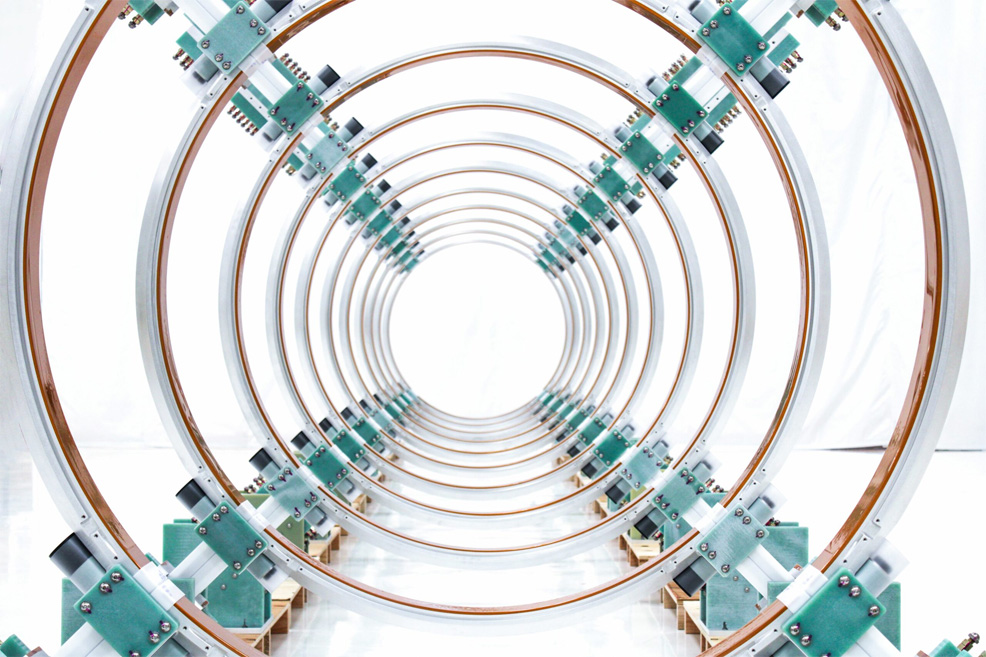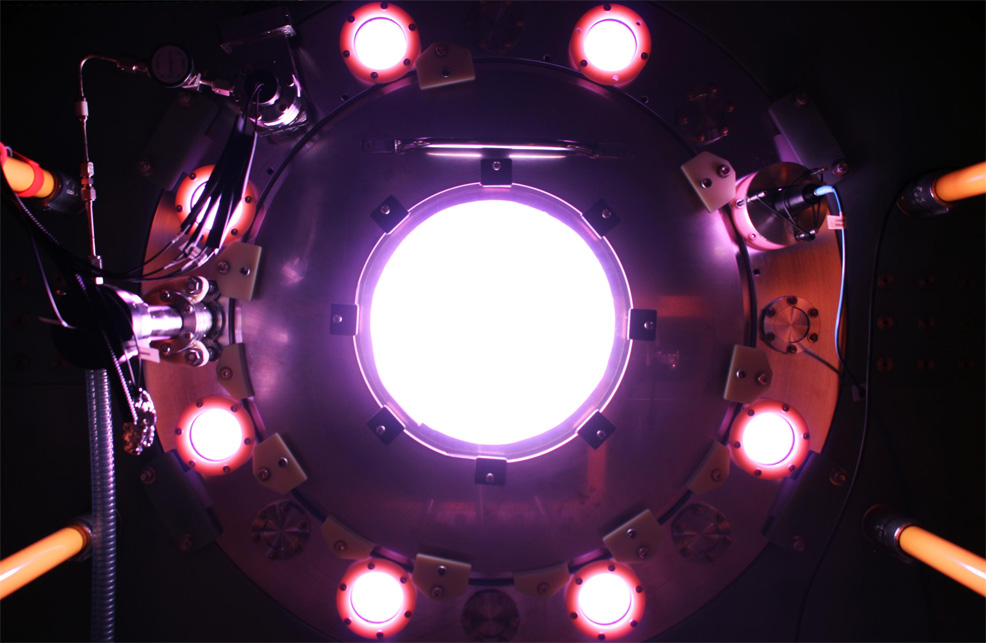
11th May 2023 Helion aims for commercial fusion by 2028 Helion Energy has announced that Microsoft will become its first customer, in a deal that aims to supply 50 MW of fusion power by 2028.
Helion Energy is a privately held fusion energy company founded in 2013 by Dr. David Kirtley and Dr. John Slough, both of whom are experts in plasma physics. The company is headquartered in Washington, USA, and is focused on developing a practical, clean, and abundant source of fusion energy. Helion is developing a pulsed, non-ignition system to directly recover electricity from plasma, without the need for steam turbines. As shown in the video presentation below, this approach uses a plasma accelerator and involves several stages: Formation – Deuterium and helium-3 fuel is heated to plasma conditions. Magnets confine this plasma in a Field Reverse Configuration (FRC). Acceleration – Magnets accelerate two FRCs to 1 million mph from opposite ends of the 40-foot plasma accelerator, colliding them together in the centre. Compression – When the FRCs collide, they are further compressed by a powerful magnetic field until they reach fusion temperatures of 100 million °C or nearly seven times hotter than the centre of the Sun. Fusion – At this temperature, the deuterium and helium-3 ions are moving fast enough to overcome the forces that would otherwise keep them apart and they fuse together. This releases more energy than is consumed by the fusion process. As new fusion energy is created, the plasma expands. Electricity recapture – As the plasma expands, it pushes back on the magnetic field. By Faraday's law, the change in field induces current, which is directly recaptured as electricity. This clean fusion electricity can be used to power homes and communities, efficiently and affordably.
Since 2013, Helion Energy has progressed through a total of six designs, the most recent being its "Trenta" system (pictured above). In 2021, this became the first privately developed fusion reactor prototype to exceed 100 million °C, a temperature threshold needed for commercial operation. The company is now building its seventh prototype – expected to demonstrate electricity production in 2024 – with an eighth in the design stage. Helion is so confident of success that it has just announced an agreement with Microsoft, to provide 50 MW of electricity from fusion by 2028. Baltimore-based company Constellation Energy will serve as the power marketer and will manage transmission for the project. The planned operational date for this facility is significantly sooner than typical projections for deployment of commercial fusion, which have tended to place it at 2040 or later. "This collaboration represents a significant milestone for Helion and the fusion industry as a whole," said David Kirtley, CEO at Helion. "We are grateful for the support of a visionary company like Microsoft. We still have a lot of work to do, but we are confident in our ability to deliver the world's first fusion power facility." "We are optimistic that fusion energy can be an important technology to help the world transition to clean energy," said Brad Smith, Vice Chair and President at Microsoft. "Helion's announcement supports our own long term clean energy goals and will advance the market to establish a new, efficient method for bringing more clean energy to the grid, faster." "Constellation is committed to innovation and supporting next-generation clean energy technologies to combat the climate crisis, and fusion would be a game-changer," said Jim McHugh, Chief Commercial Officer at Constellation. "Combined with our hourly carbon-free energy matching solution, Helion and Microsoft are helping to build a future where carbon-free energy is the standard."
Comments »
If you enjoyed this article, please consider sharing it:
|








